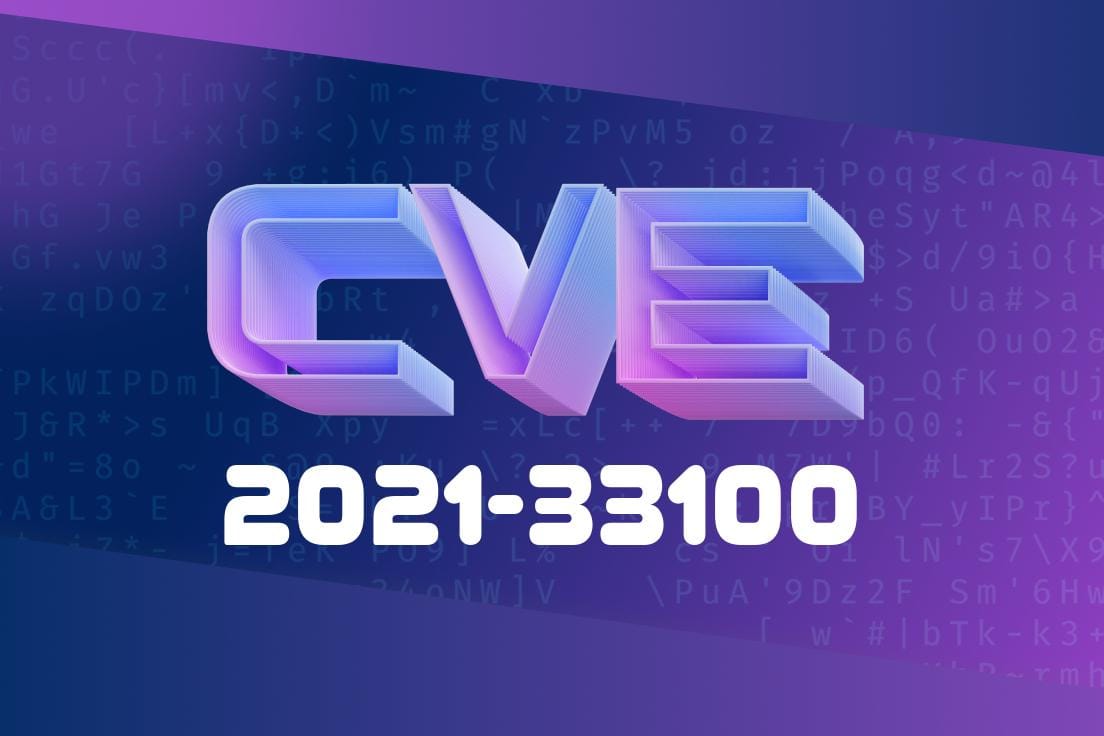Published: June 2024
Author: AI Security Writer
CVE numbers are used to track and catalog cybersecurity vulnerabilities — but not all of them actually become real threats. Sometimes, a CVE gets issued ahead of the full details, or for a potential issue that gets resolved before it’s ever exploited. One interesting case is CVE-2021-33100.
Let’s dig into what this identifier was for, why it didn’t turn into something dangerous, and what that means for security folks.
What is CVE-2021-33100?
When you first look up CVE-2021-33100 in vulnerability databases, you’ll find little more than an empty shell.
Here is the official CVE entry
> Description: This candidate was withdrawn by its CNA. Further information: this is unused.
After this, no further technical details appear. So what happened?
To understand CVE-2021-33100, it helps to know how the system works
- A software vendor, researcher, or CNA (CVE Numbering Authority) requests a CVE ID for a possible vulnerability.
If a CVE was assigned in error or is not needed, it is "REJECTED" in databases.
For CVE-2021-33100, here’s the raw data block from NIST NVD (“National Vulnerability Database”):
MITRE CVE Dictionary Entry:
CVE-2021-33100
REJECT
Reason: This candidate was withdrawn by its CNA. Further information: This is unused.
*Original Reference – NIST NVD Entry*
Why Was CVE-2021-33100 Rejected?
The official reason for rejection of this CVE is simple: "This is unused."
The issue was fixed privately and never posed a public risk.
There are no source code patches, exploit codes, or advisories linked to CVE-2021-33100 anywhere on the internet or in industry mailing lists.
Is There Any Exploit Code?
No. Since the CVE was rejected as unused, there is no proof-of-concept or exploit associated with it. If you search for exploit details or code snippets, you simply won't find anything legitimate.
A typical (but for this CVE imaginary) exploit snippet might look like
# This is a placeholder.
# No code exists for CVE-2021-33100.
raise Exception("No vulnerability found for CVE-2021-33100")
If anyone claims to have an exploit for CVE-2021-33100, treat it with suspicion — it’s likely a scam or confusion.
Monitor CVE status: Check official databases to see if a CVE is rejected or active.
- Don’t waste time: If a CVE is rejected as unused, you don’t need to patch or mitigate anything.
- Stay alert: Just because one vulnerability turns out to be nothing doesn’t mean others won’t be real threats.
Sometimes, rejected CVEs get recycled for different vulnerabilities with new numbers — but "unused" ones like this usually fade away quietly.
References
- Official CVE Record: CVE-2021-33100
- NIST National Vulnerability Database: CVE-2021-33100
- How CVEs Work (MITRE Reference)
The Takeaway
CVE-2021-33100 is a non-event:
There was never a real vulnerability, so you can cross this one off your worry list.
But it’s a good reminder that the cybersecurity world is full of moving parts. Not every warning turns into a threat — but it pays to check the official record before worrying or acting.
If you run into "rejected" CVEs, remember:
Timeline
Published on: 02/23/2024 21:15:08 UTC
Last modified on: 09/04/2025 00:40:32 UTC
